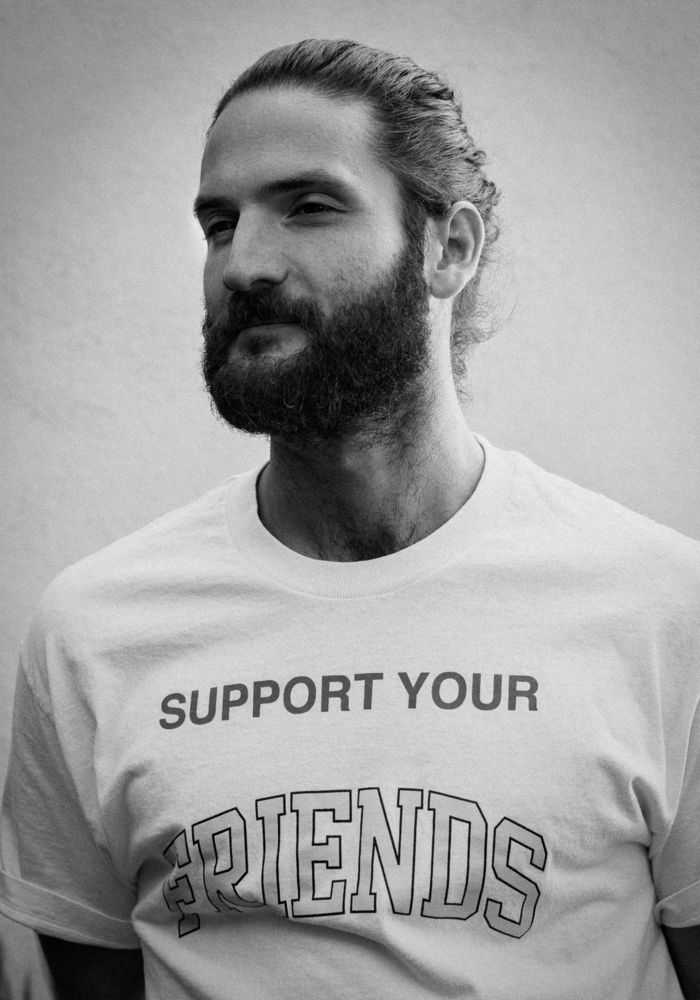When it comes to wireless, Jack Goodman gives the phrase “on air” a whole new meaning. The sound engineer explains how he captured the audio for a performance in a hot air balloon, and for a rapper who jumped out of a plane.
When sound engineer Jack Goodman was first approached about capturing the audio for rapper and singer Dominic Fike, who planned to jump out of a plane to reveal his new album What Could Possibly Go Wrong – he had to admit that he was skeptical:
“I told them to keep their expectations pretty low as far as how long we'd be able to capture this kid falling,” he says, pointing out that once mid-skydive, there is no possible way to make any adjustments.
“I was told we could have one chance to get this, so I told the director that I would figure something out. My biggest concern was the wind impact on the mic; I was really worried about whether we'd be able to hear anything outside of the wind blowing against his chest.”
After discussing the shoot with the rental team at Trew Audio in L.A., it was clear Fike would need a recorder on his body.
“It needed to hold onto time code once we’d jam-synced it,” he notes, adding a compact solution would also be ideal. Recording broadcast WAV files to a MicroSD card at 24-bit/48kHz resolution, a Lectrosonics MTCR ticked all these boxes for Goodman:
“The wireless was basically for everything except when he’s falling,” he clarifies. “For that, we needed to capture anything that he said as well as ambient sounds like the wind and the chute opening. Sound from a GoPro was not going to give us that vibe. We taped up Dominic with a Sanken COS-11D lav mic, which fed both the MTCR and his transmitter.”





